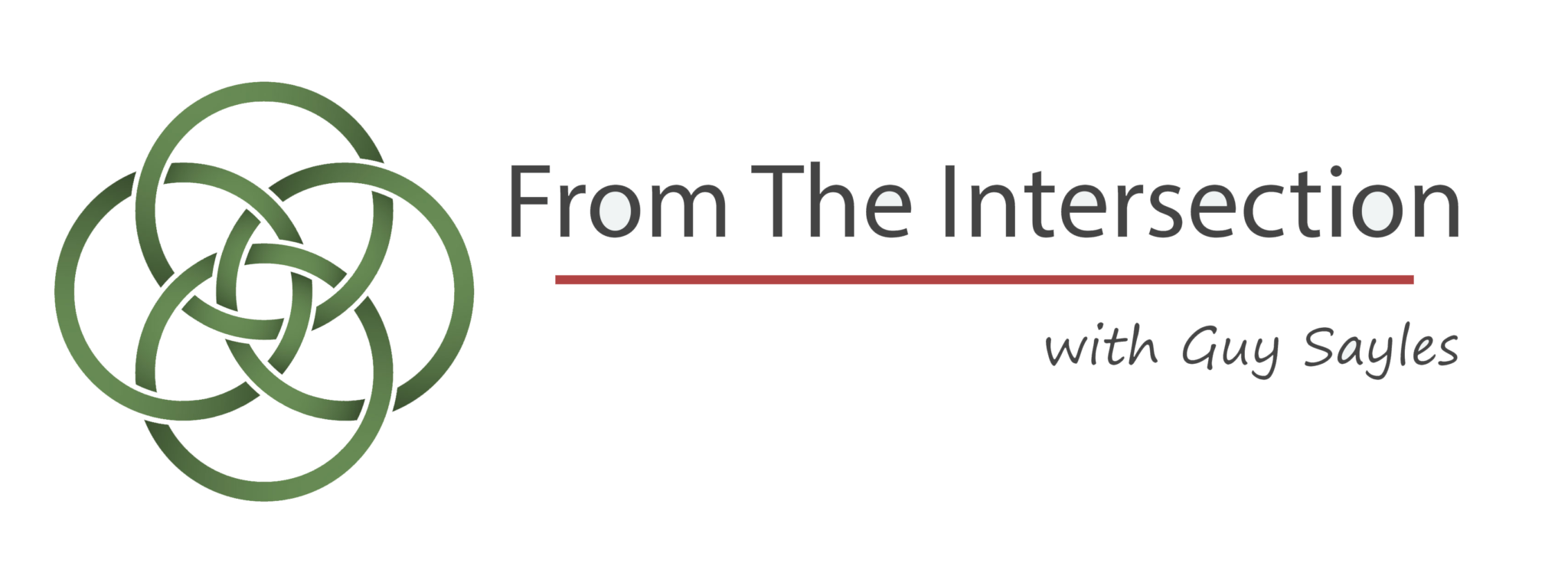The writer of Hebrews said: “Faith is the assurance of things hoped for, the conviction of things not seen” (Hebrews 11:1). Faith is trusting that there is more to life than meets the eyes, but faith is not being gullible and unthinking. Christians are not like the white rabbit in Alice in Wonderland who believed a thousand impossible things before breakfast each morning. Faith is not belief in spite of the evidence; it is trust without complete evidence. It is not against reason; it is above, beyond, before, and after reason. Faith is trusting in what we have not yet seen because what we have experienced gives us confidence that God will one day bring the unseen things to light.
Trusting what we have not seen is difficult for us, because modern science has taught us that what is most real, most true, can be seen and measured. Since the Enlightenment, Western culture has thought the truest truths and the most real realities are those which are demonstrable by the methods of science. Almost everything faith cherishes can’t be proven in those ways, and the result has been that many people have thought of faith as a retreat into ignorance.
Please understand: I’m not bashing science. I don’t believe that science and faith are rivals to each other. I’m simply pointing out that they have different methods and purposes. Science approaches reality with observation and experiment, to test it and put it to use. Faith approaches reality with wonder and worship, to discover its depths and to give thanks and praise. Faith does not have to decrease as science increases, because science is not the problem.
Instead, the problem is “scientific rationalism,” or “scientism,” which makes claims for science and in the name of science that science itself cannot support. Scientism is science which has transgressed its legitimate limits. Science, for instance, does a fine job of responding to questions about what and how, but has very little to say about why and who.
When we ask science questions about purpose and personality, about meaning and destiny, about love and hope, we’re asking it questions it can’t possibly answer. It isn’t equipped to do so. How many of the things which matter most to us can be proven by the scientific method? Can loyalty or love? Beauty or goodness? Duty or delight? Heroism or sacrifice? Friendship or forgiveness? None of these things can be viewed under a microscope or replicated in an experiment. None will be captured in a test tube or in a CAT-scan. Each is a part of the mystery of life, and seems more significant to us than any mathematical maxim, logical syllogism, or experimental outcome.
The things which matter most lie beyond the reach of science; they can’t be proven with absolute certainty. That applies especially to what matters most in life: the love and friendship of God.
Because faith is trust in the unseen but real, it always involves risk. That’s why Soren Kierkegaard called it a “leap” into the darkness, trusting that God’s arms, which we cannot see, are there and will catch us and embrace us. Blaise Pascal called this kind of faith a wager, a gamble, a bet.
Faith which involves risk must also involve prayer—the kind of prayer modeled for us by Thomas Merton, who gave us the gift of this beautiful and bracing prayer:
My Lord God, I have no idea where I am going. I do not see the road ahead of me. I cannot know for certain where it will end. Nor do I really know myself, and the fact that I think that I am following your will does not mean that I am actually doing so. But I believe that the desire to please you does in fact please you. And I hope that I have that desire in all that I am doing. I hope that I will never do anything apart from that desire. And I know that if I do this, you will lead me by the right road though I may know nothing about it. Therefore will I trust you always though I may seem to be lost and in the shadow of death. I will not fear, for you are ever with me, and you will never leave me to face my perils alone” (Thoughts in Solitude).
Discover more from From The Intersection
Subscribe to get the latest posts sent to your email.


Recent Comments